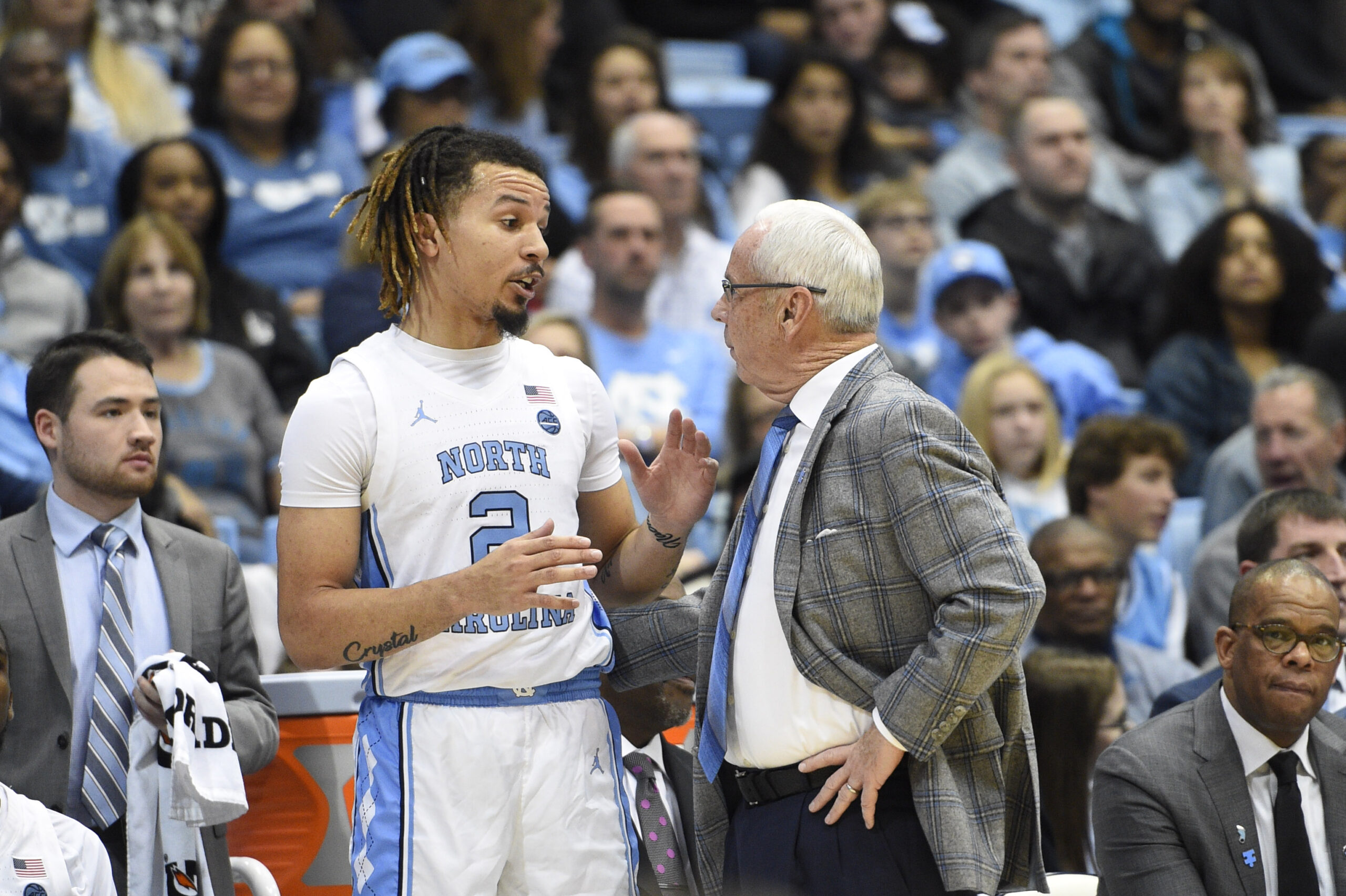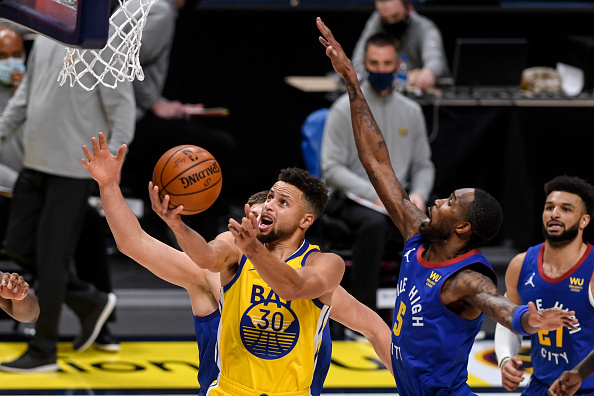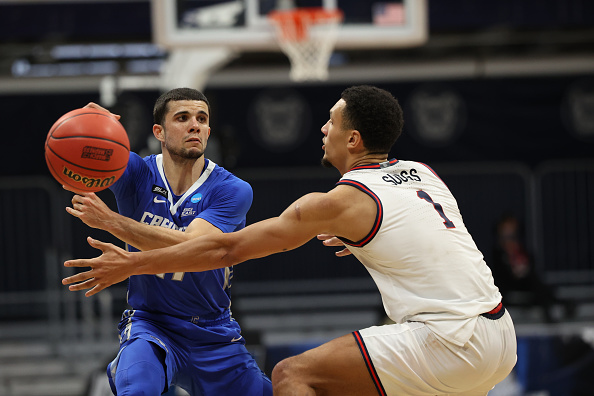It’s no secret that North Carolina’s basketball team is not doing so well. At 10-12, and 13th overall in the ACC, this team leaves a lot to be desired, and some of their performances in games leave both fans and analysts alike quite perplexed. So, what is the reason for this decline, can it be reversed, and what is the future of UNC basketball?
It’s important to note that North Carolina is not alone in their struggles; many high-tier teams around the association are struggling. For example, Virginia may have won the championship in 2019, but they are currently 14-6 and are 54th in the KenPom rankings, which ranks all 353 Division I college basketball teams. Inversely, some teams that haven’t been doing so well now have serious chances of a deep run in the postseason tournament. For example, Florida State is ranked No. 8 in the AP Top 25, and the big surprise of the season is San Diego State: undefeated at 23-0 and ranked No. 4.
But North Carolina is not one of those surprise teams. They’re practically the opposite. Usually a perennial contender since the arrival of Coach Roy Williams in 2003, they have recently fallen on hard times, and they may not even make the NCAA tournament. So what is the reason for this decline, and can they stop it short term … or long term?
The decline of North Carolina is complex, with multiple contributing factors, but the main one is the lack of older players. Traditionally, Roy Willams has been great at developing players. Most of North Carolina’s national championship teams had many juniors and seniors on the team, and the fact that they stayed for three or four years under the Williams system meant that they developed enough to win a championship. Unfortunately for Williams, and North Carolina as a whole, the summer of 2019 saw a lot of his seniors graduate. Names like Luke Maye, Theo Pinson, and Cameron Johnson all left, and this meant that North Carolina’s 2020 team was very young. Without a veteran presence on the roster, and with Williams having to replace four starters from last year, North Carolina was likely to take a large step back, and take it they did. While this was a big issue, it certainly wasn’t the only issue.
Although UNC may have lost four of their starters, there was still a reason for optimism at the beginning of the season. North Carolina was able to snag the fourth-ranked recruit in the country in point guard Cole Anthony. Unfortunately, that’s when the next problem set in; injury. Anthony got injured after a Dec. 8 game vs. Virginia (which North Carolina lost) and didn’t come back until Feb. 1 vs. Boston College (which North Carolina also lost.)
North Carolina struggled mightily without their best player. In the 11-game stretch where he was missing, they went 4-7, all but ending their hopes for an NCAA tournament berth. For a team (and a coach) that hasn’t missed March Madness since the 2010 season, this is a tough pill to swallow. However, even if the Tar Heels don’t make a miracle run to the postseason this year, there is still hope for the future.
The big reason why North Carolina has the potential to be a college basketball powerhouse yet again next year lies in the 2020 recruiting class. According to 247sports.com, North Carolina had the ninth-best recruiting class in 2019 in terms of talent. However, this year, that ranking has risen to three. How? Well, it may have something to do with the fact that three five-star athletes have committed to North Carolina. Center Walter Kessler, center Day’Ron Sharpe, and point guard Caleb Love have all signed their letters of intent to play for the Heels. Not only that, but guard Andrew Platek and forward Garrison Brooks, players who have been in Coach Williams’s system for a while, should return in 2020 to provide a balance with all of the freshmen coming in.
Although this season may be a disappointment for the Heels, it’s not completely lost yet. There is still a chance that they can salvage the season and secure a bid in the NIT tournament or even March Madness. And even if they can’t do that, there is always next season. And with many returning players as well as the third-ranked recruiting class in the nation, North Carolina’s goal to return to an elite, blue-blood team seems very attainable.







